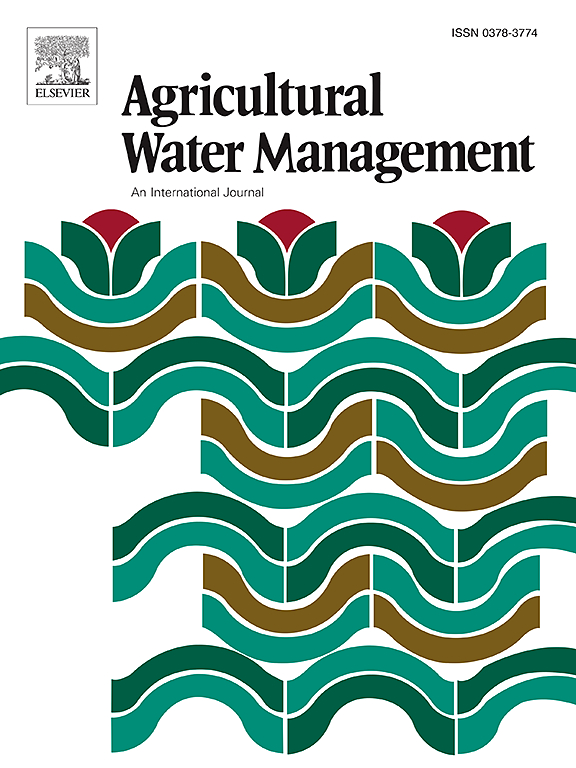复合微生物制剂通过优化植物资源配置,提高轻度盐胁迫下的棉花产量和资源利用效率
IF 5.9
1区 农林科学
Q1 AGRONOMY
引用次数: 0
摘要
本文章由计算机程序翻译,如有差异,请以英文原文为准。
Composite microbial agent improves cotton yield and resource use efficiency under mild salt stress by optimizing plant resource allocation
Soil salinization and low resource utilization efficiency present significant challenges to cotton production. The application of salt-tolerant composite plant growth-promoting rhizobacteria (STC-PGPR) is considered an effective strategy to address these issues. However, its broad adaptability and regulatory mechanisms require further exploration. We hypothesize that under non-saline or moderately saline conditions, STC-PGPR directs resources to shoots, especially reproductive organs, by altering the rhizosphere bacterial community, thereby enhancing seed cotton yield (SY) and resource use efficiency. To validate our hypothesis, we conducted an experiment using two cotton varieties: Xinluzao 72 (G1) and Zhongmiansuo 49 (G2); two microbial treatments: without STC-PGPR (B1) and with STC-PGPR (B2); and three salinity levels: 0, 4, and 8 g NaCl kg−1 soil (S1, S2, S3). The results demonstrated that STC-PGPR enhanced SY and resource use efficiency under both S1 and S2 salinity levels, with significant improvements observed in G2S1 and G1S2 . Under G2S1, STC-PGPR increased nitrogen uptake efficiency, optimized shoot resource allocation to stems and squares, enhanced stem support, and improved resource storage and transport. Consequently, SY and nitrogen partial factor productivity (NPFP) increased by 9.1 % and 9.0 %, respectively. Under G1S2, STC-PGPR reduced the root-shoot ratio, directing more resources to shoots, which led to increases in SY, irrigation water productivity, and NPFP by 46.2 %, 44.8 %, and 45.9 %, respectively. These changes were primarily due to altered indigenous biomarkers after STC-PGPR application, rather than the bacteria in STC-PGPR. This study highlights the potential of STC-PGPR, emphasizing the importance of optimizing resource allocation rather than merely promoting growth. Additionally, it underscores the significant role of indigenous biomarkers in mediating these effects.
求助全文
通过发布文献求助,成功后即可免费获取论文全文。
去求助
来源期刊

Agricultural Water Management
农林科学-农艺学
CiteScore
12.10
自引率
14.90%
发文量
648
审稿时长
4.9 months
期刊介绍:
Agricultural Water Management publishes papers of international significance relating to the science, economics, and policy of agricultural water management. In all cases, manuscripts must address implications and provide insight regarding agricultural water management.
 求助内容:
求助内容: 应助结果提醒方式:
应助结果提醒方式:


